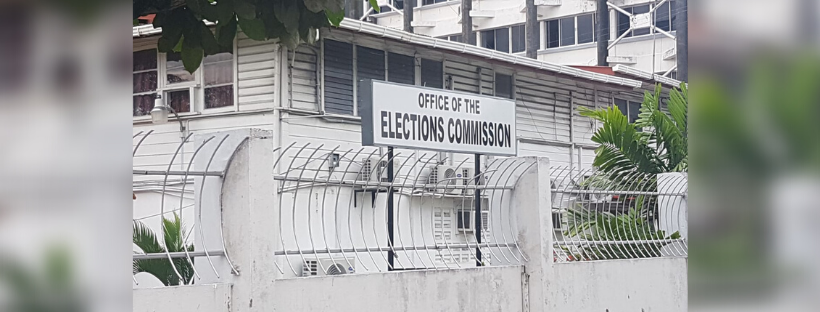The stock of public debt, which comprises both external and domestic debt, saw a 2.1 percent decline from its position at the end of December 2018 and stood at US$1.7B for the first quarter of 2019. This was noted by Central Bank in its latest report.
According to the Bank, the domestic debt stock increased to $81.8B or US$392M while the domestic debt service payments fell to $683M. This accounted for 1.3 percent of government revenue which was far below the prudential liquidity measure.
The bank further noted that the stock of external debt declined to US$1.3B. It said that this resulted mainly from lower bilateral debt stock which was reduced by 10.4 percent or US$52M. This outcome was primarily as a result of a US$50.7M debt cancellation from Kuwait during the first quarter of 2019.
The Guyana Standard understands that the debt reduction, which represents 75.0 percent of total interest accrued, is to be used for the development of social projects, according to the debt settlement agreement. Bank of Guyana also noted that the outstanding amount in both interest arrears and principal repayment will be paid in equal installments and the balance by way of a debt swap between the two countries. Furthermore, total loan disbursements declined by 42.5 percent to US$11M, compared with the corresponding period in 2018.
With respect to external debt service payments, the institution explained that this rose by 2.8 percent to US$25M due mostly to higher principal and interest payments to multilateral creditors. In this regard, it was explained that debt repayments to the Inter-American Development Bank and the Caribbean Development Bank (CDB) increased by 3.1 percent and 7.1 percent respectively to US$8M and US$3M correspondingly. This accounted for a total of 90.2 percent of total debt repayments by multilateral creditors and 42.9 percent of total external debt service.
For bilateral creditors, the Guyana Standard understands that debt repayments to the Exim Bank of China increased by 6.8 percent, accounting for 39.2 percent of total debt service during the review period.













